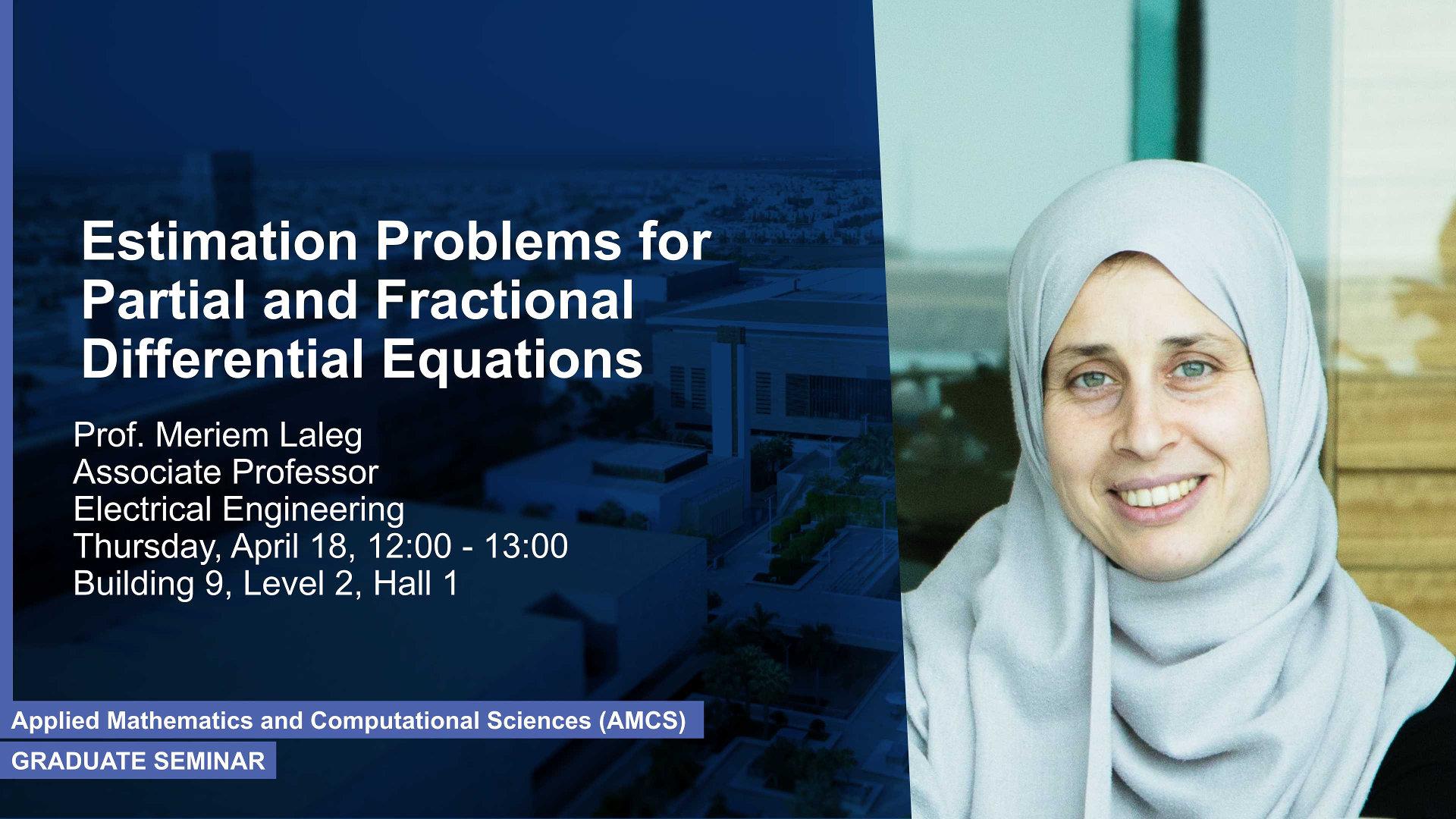Prof. Megumi Kaneko and Prof. Bruno Clerckx
Tuesday, October 27, 2020, 15:45
- 17:15
KAUST
Contact Person
First Speaker: Megumi Kaneko, National Institute of Informatics, Japan. Talk Title: Resource Allocation in NOMA-Based Fog Radio Access Networks. In this talk, I will first describe the potential benefits offered by the integration of NOMA in an FRAN architecture for achieving the specific objectives of use cases envisioned in B5G, in terms of throughput, latency, reliability and energy efficiency. Second Speaker: Bruno Clerckx, Imperial College London, United Kingdom. Talk Title: Rate-Splitting Multiple Access and its Applications to Cloud-Enabled Platforms. This talk argues that to efficiently cope with the high throughput, reliability, heterogeneity of Quality-of-Service (QoS), and massive connectivity requirements of future multi-antenna wireless networks, multiple access and multiuser communication system design need to depart from the two extreme interference management strategies, namely fully treat interference as noise (as commonly used in 5G, MU-MIMO, CoMP, Massive MIMO, millimetre wave MIMO) and fully decode interference (as in NOMA).










